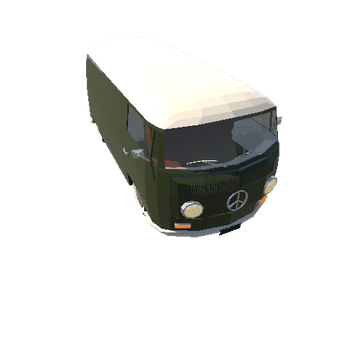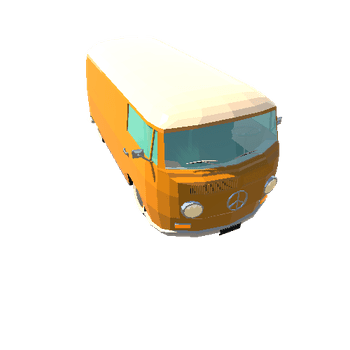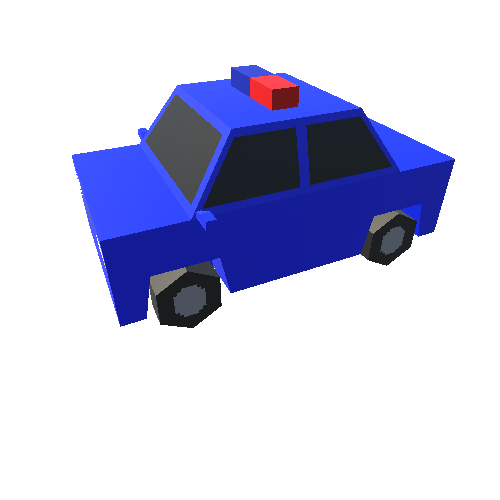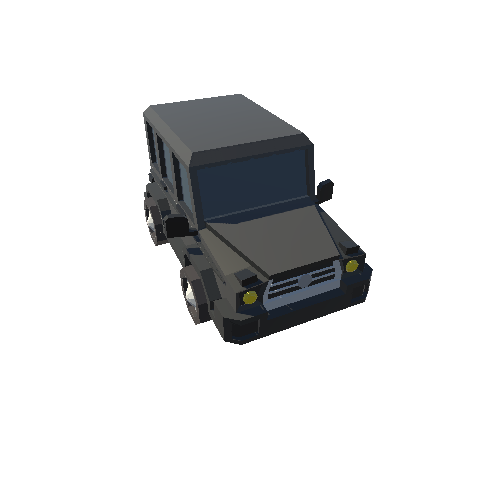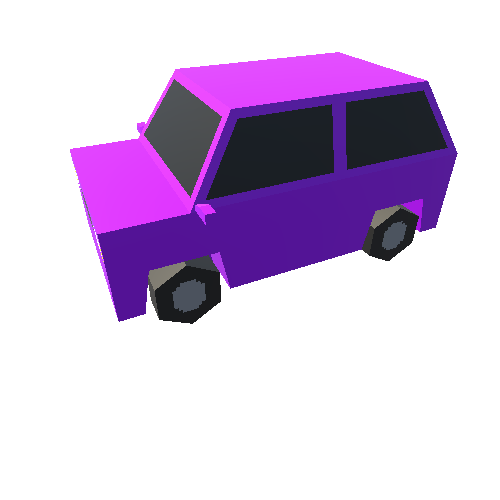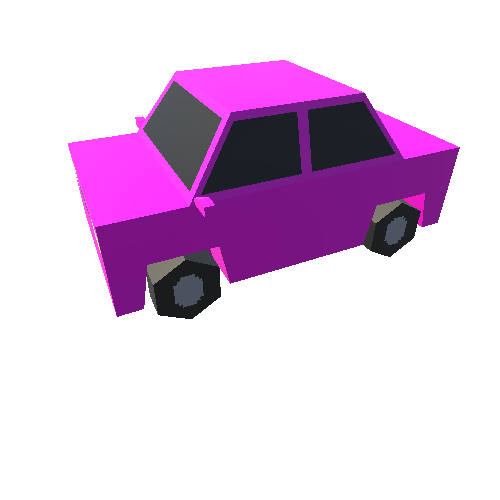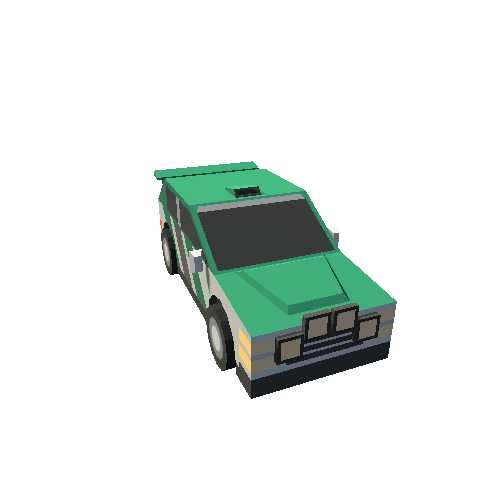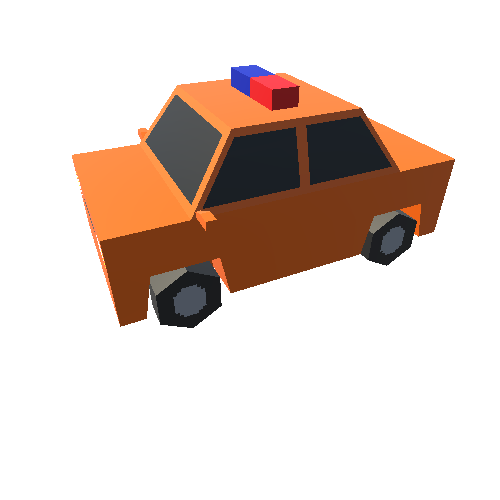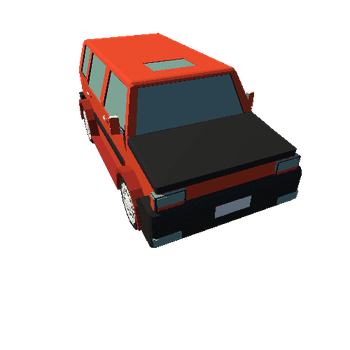Select or drop a image or 3D model here to search.
We support JPG, JPEG, PNG, GIF, WEBP, GLB, OBJ, STL, FBX. More formats will be added in the future.
Asset Overview
The A7V was a heavy tank introduced by Germany in 1918 during World War I. One hundred chassis were ordered in early 1917, ten to be finished as fighting vehicles with armoured bodies, and the remainder as Überlandwagen cargo carriers. The number to be armoured was later increased to 20. They were used in action from March to October 1918, and were the only tanks produced by Germany in World War I to be used in combat.
The A7V was 7.34 m (24 ft 1 in) long and 3 m (9 ft 10 in) wide, and the maximum height was 3.3 m (10 ft 10 in). The tank had 20 mm of steel plate at the sides, 30 mm at the front and 10 mm for the roof; however, the steel was not hardened armour plate, which reduced its effectiveness. It was sufficient to stop machine-gun and rifle fire, but not larger calibre rounds.
The A7V was armedwith six 7.92 mm MG08 machine guns and 5.7 cm Maxim-Nordenfelt cannon mounted at the front. Some of these cannons were of British manufacture and had been captured in Belgium early in the war.
